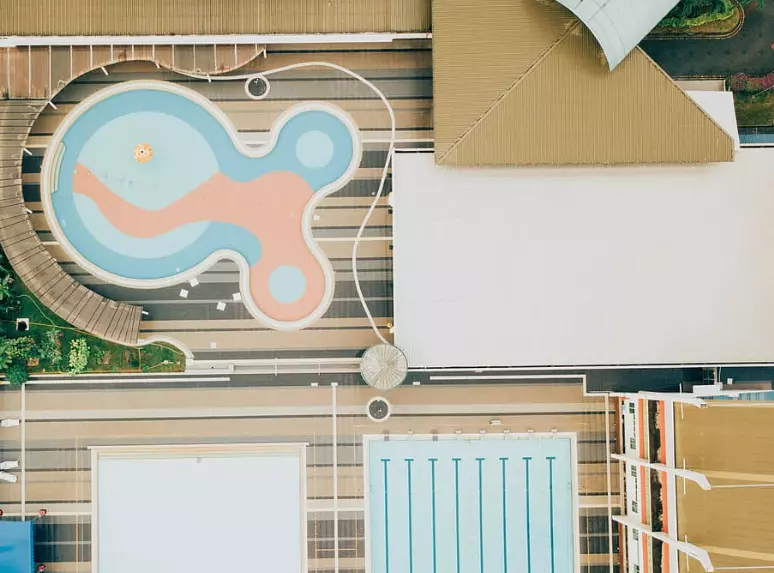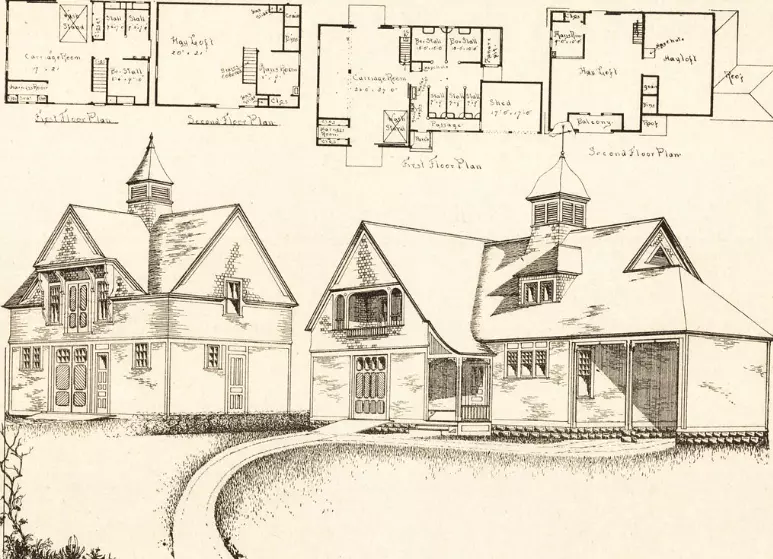Generally, people don’t spend too much time thinking about the interior of their cottage. It’s always an option to just take all the old furniture there, and apply the unused materials left after the renovation of the city apartment. But what aesthetics and comfort could be pursued with this approach?
Others approach the issue of country house comfort more carefully, trying to create an atmosphere of coziness and harmony. Let’s see how to organize a cottage interior: where to start, how to independently develop a design project, and what to save on, if possible.
What the cottage interior should be like
There is no universal formula for an ideal interior. But there are some general tips worth knowing. First of all, it should reflect your personality and be convenient for you. Here are general recommendations that will help you go through such a project.
- Do not try to mix in all possible trends
Fashion comes and goes, and the good interior is made for years, even for decades. Therefore, you need to focus primarily on your own comfort. In addition, many trends look beautiful, but are difficult to apply, so it is better to give preference to proven solutions.
- Do not dwell on minimalism
Often in pursuit of a laconic interior you can corner yourself and get a really uncomfortable home, devoid of any soul. Family photos, souvenirs and jewelry will fit perfectly into the interior of the country house – the main thing is to know the measure in everything and not to clutter up the place.
- Do not let the budget severely limit your dreams
Of course, it is common to allocate a limited amount of funds to cottage renovation, but often cool expensive ideas can be replaced by cheaper and equally aesthetic ones. For example, brickwork on the walls can be replaced by wallpaper with this texture, and an expensive table made of solid wood – with a budget version of chipboard with imitation of natural wood texture.
Create your design project of the interior
Design project is a set of documents, drawings and sketches, which are created by professional designers and architects before renovating the house. Something like this can be done by yourself – you can calculate the cost of work in advance, pick up all the materials, and calculate all the nuances. For this purpose, you will need neither special artistic skills nor knowledge of computer programs. Now let’s see how you can create a simple design project for a country house by yourself.

Step 1: Look for references
The first step is to choose the future interior style and select pictures to have some orientation. You can use anything: a search on the Internet, thematic publics, photos from magazines. Note all the ideas you like – in the future you may create your own unique mix of them.
At this stage, you can ignore the budget – most solutions can be adapted to a more modest cost. But you should not let your imagination run wild either. For example, if you want to repeat the idea of a spacious hall with panoramic windows, but you have a modest living room, it will be difficult and costly to bring such an idea to life.
During the selection of references you should not stop at one style of interior – it is better to consider different options and decide what will be combined with the layout of the house. It is convenient to present all the options you like in the form of a collage, so you could easily determine the desired color scheme, highlight the best solutions, orient yourself on the layout and the list of materials.
Step 2: Sketching
At the next stage you need to decide on the layout of the rooms and think about the location of furniture in them. For starters, it is necessary to decide what should rather be relocated, and what will stay in the house as is. If it is difficult to visualize your ideas, you can look for ready-made drawings and make changes to them.
You should make sure that the layout meets the requirements of ergonomics:
- It is not necessary to arrange furniture along the walls – this prevents zoning and leads to inefficient use of space;
- It is better not to place large furniture near windows, since that will interfere with natural light;
- The distance between neighboring furniture pieces should be such that it does not impede movement – around 30 inches would be enough;
- If the room is small, it is better to bring in some mirrors so that the space would visually expand;
- Folding furniture is also a good solution for small houses – it can be used when necessary, while the rest of the time it will not take up any useful space.
After that, you can start sketching. Professional designers create complex sketches manually or with the use of specialized software, but for home design projects these are not necessary – it is enough to make a drawing with the arrangement of furniture and wall layout. It is most convenient to do it on a sheet of graph paper so that you can easily observe the proportions and calculate how to place your furniture.
Choose a convenient scale – for example, you can take 2 inches on the paper for 3-4 feet in the room. Such a drawing will be quite detailed, but not too large. Work using a pencil to quickly add changes if you have to.

It is common to draw the floor with an indication of the places that are occupied by furniture. In that drawing mark the elements that do not stand on the floor, but are instead attached to the walls. Also, do not forget about the devices that you use: some of them, such as a PC, may require special space. This is quite important now, as being online is now very important – both for work and leisure; therefore it is a key factor in the functionality of your household. It will also help you in the future if you ever consider turning your house into a smart home.
So, make room for your devices and ensure their operational state. And if any of them needs maintenance – from your computer to things like studio mixer – it’s best to look for professional electronics repair in NYC, LA, or generally wherever you live, to take care of the issue.
One more thing: it is not necessary to bring the drawings to perfection. Just make them so that they are clear to those who will work on the renovation of the house.
Step 3: Select materials and furniture
The last stage of interior design of a house is the selection of materials and furniture. Here you need to collect references, drawings and go to construction stores or shop online.
It happens that in the process of selection some new ideas emerge and the project has to be redone. This is normal, but too drastic changes should not be made either: there is a risk to greatly exceed the budget and end up with an unbalanced interior, which will not meet expectations.
Special attention should be paid to the furniture. Do not immediately throw it away when buying new pieces – you can try to restore the existing ones. For example, for vintage, country and classic styles old furniture is perfect – you can simply repaint it; découpage can also work.
What you can save money on
Renovation is a costly thing, so any opportunity to save money is always welcome. But it is important to do it in such a way that the interior does not look worse. Here is what you can effectively save money on:
- Outmoded and outdated, but intact and whole furniture can be restored. Remove the old coating with sandpaper, polish the surface and repaint it. It will immediately look and feel modern.
- Another way to give a second life to furniture is with self-adhesive film. It is easy to apply and it can replicate any texture.
- Laminate and parquet can be replaced with polyvinyl chloride PVC, which is cheaper and easier to install.
- Textured wallpaper is a great way to save money on wall decoration. It imitates bricks, wood, marble, stone and any other materials, but is much cheaper.
- Styrofoam products are inexpensive, easy to work with, and can look beautiful. For example, it is used to make a coving that imitates stucco, chandelier sockets, etc.
Conclusion
You can develop a design project of the interior of a cottage independently, without special education and artistic skills. Only desire and imagination will be required.
Choose interesting ideas, mix them as you like, but do not forget about harmony. This way your cottage will be transformed into something you wished to achieve – a cozy nest, where it will be nice to spend time with all family members and friends.
